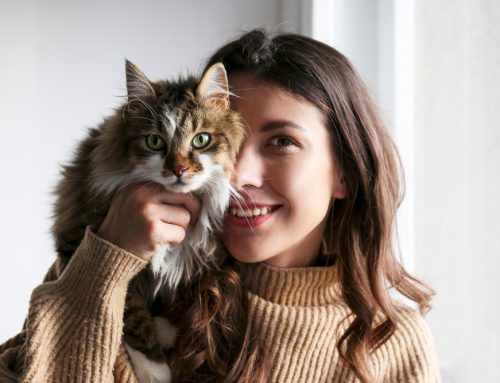
Leptospirosis (or Lepto, short) is a bacterial disease that is transmitted from wild animals (such as squirrels, rats, raccoons, skunks, deer or opossums), to your dog through water, grass, dirt, or food contaminated with urine from the wild animals. It can infect your dog through ingestion, exposure to eyes, nose, or broken skin. Symptoms can take 4-12 days to occur, and can include fever, vomiting and diarrhea, abdominal pain, weakness, and lack of appetite. The disease itself can cause severe organ damage and potentially death in your pets. Lepto is also a zoonotic disease, which means that if your dog gets it, you can get it from them!
The public perception of Lepto tends to be that it is a rural problem (because there are no wild animals in the city/suburbs – See the Image above). As a result vaccination rates tend to be lower in the city and suburbs compared to the country. There are wild animals everywhere (and they pee everywhere), so the risk of Leptospirosis is everywhere. Infected pets could also spread the disease to healthy pets (like at a dog park), so it’s not just wild animals that you have to think about.
While at the Midwest Vet Conference this year, I attended a talk about Leptospirosis and the risks in city, suburban, and country areas. What we’re learning is that Leptospirosis is a big deal for people in the suburbs (like Berea): Leptospirosis is more of a risk (2x more) in city and suburban areas than in rural areas! That’s because of wild animal activity in the city, and the lower vaccination rate.
Fortunately, there is a vaccine to protect your dog from getting or carrying Lepto, and that will protect you. Call us today and we can talk about your pets’ specific risks for Leptospirosis, and how to protect you and your family (furry and otherwise). Here is a cool online tool for Lepto risk assessment.






Leave A Comment